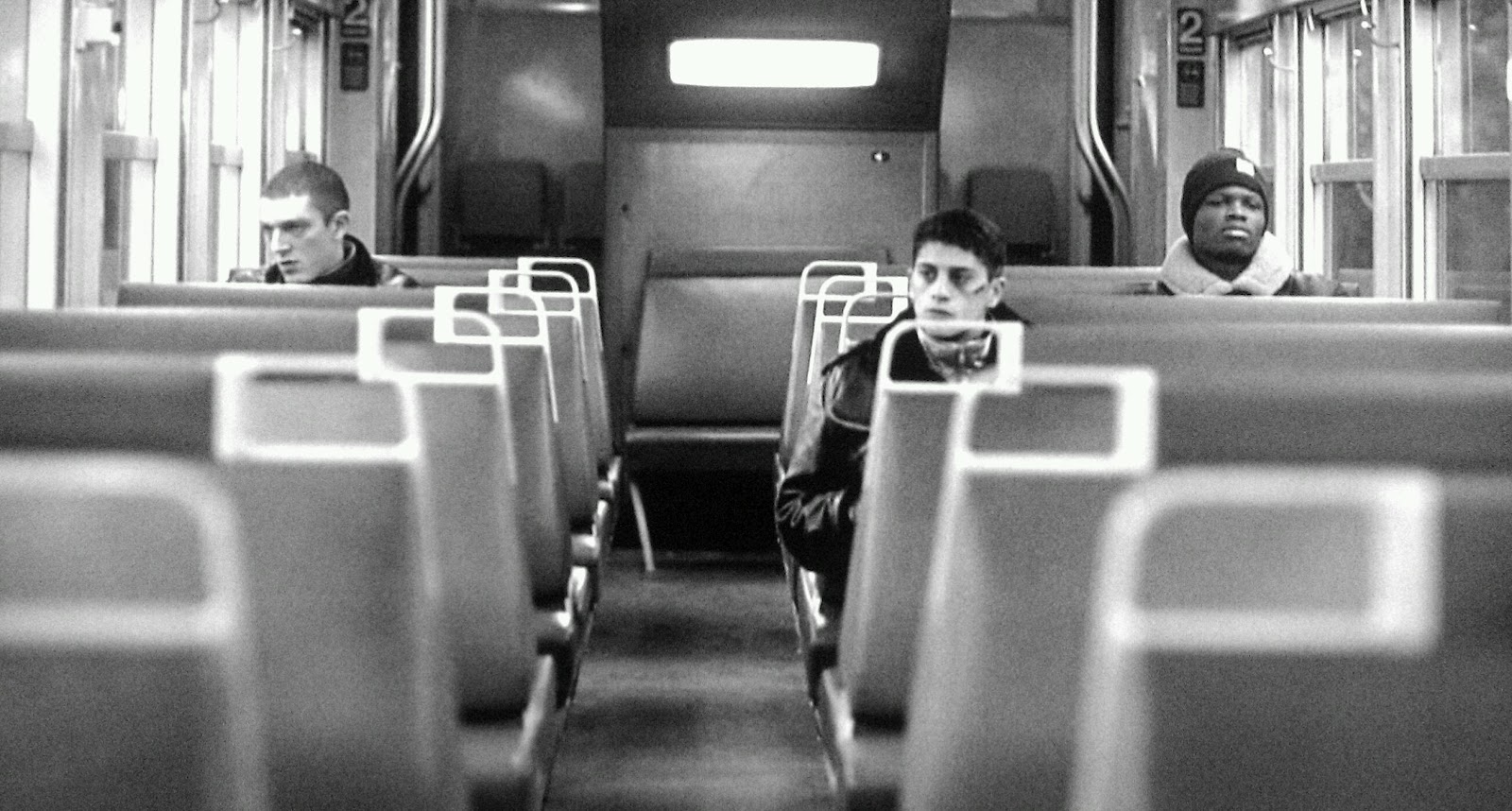

That here/there motion either points out to a movement (i.e.

Indeed, the “argument” (Andrews, 5), or principal subject of the frame, clearly shifts from the capital to the narrative as Vinz replaces focus on their actions when he asks “So, what now?” Yet, in the evolution of the space’s role, focus remains on the characters as their actual belonging to the space is questioned and redefined by the space itself: it slowly rejects the characters when it compresses, not lending them the opportunity of making it a place for themselves.Īnother way in which la cité can be read as an antagonistic landscape is through the cinematic translation of the characters’ here/there space, and in terms of what de Certeau calls their “spatial practices” (96). By combining a zoom in and a dolly shot that increases the distance with the subjects, Paris here slowly becomes a backdrop, thus changing from an actual landscape to a setting. This clip depicts the trio’s first encounter with Paris. In doing so, la cité’s role – and later Paris’ - in terms of the three main characters continuously shits from a space of malaise, to a setting for their shared struggle as they attempt to find their place within the space.Please watch the following clip from 8:40 to 9:20: The different cinematic techniques used in the film then become a translation of the landscape’s actions, as it interacts with Vinz, Said and Hubert. A personification of the space occurs through its naming, allowing it to slide into the role of an active character of the film. La cité des Muguets, designated as “ la cité” throughout the film, could in fact be described as an antagonistic landscape for the three main characters. It is Vinz, the most enraged of the three, who finds the gun that was lost during the chaos, and swears to avenge his friend, were he not to wake up from his coma. In doing so, it focuses on the day following a riot sparked by the brutalization of a youngster from la cité, by the police - and what turns out to be a turning point in Vinz, Said and Hubert’s lives. Mathieu Kassovitz’s La Haine (1995) depicts the rising tension between the youth of an underprivileged Parisian suburb called la cité des Muguets, and the French police.

La Haine’s depiction of Paris as an antagonistic landscape


 0 kommentar(er)
0 kommentar(er)
